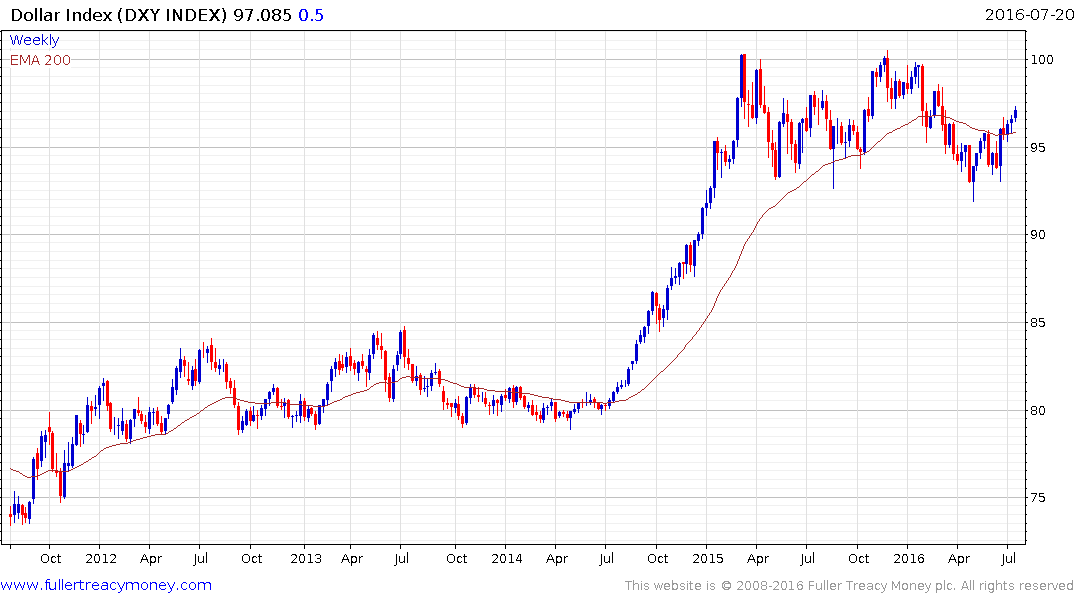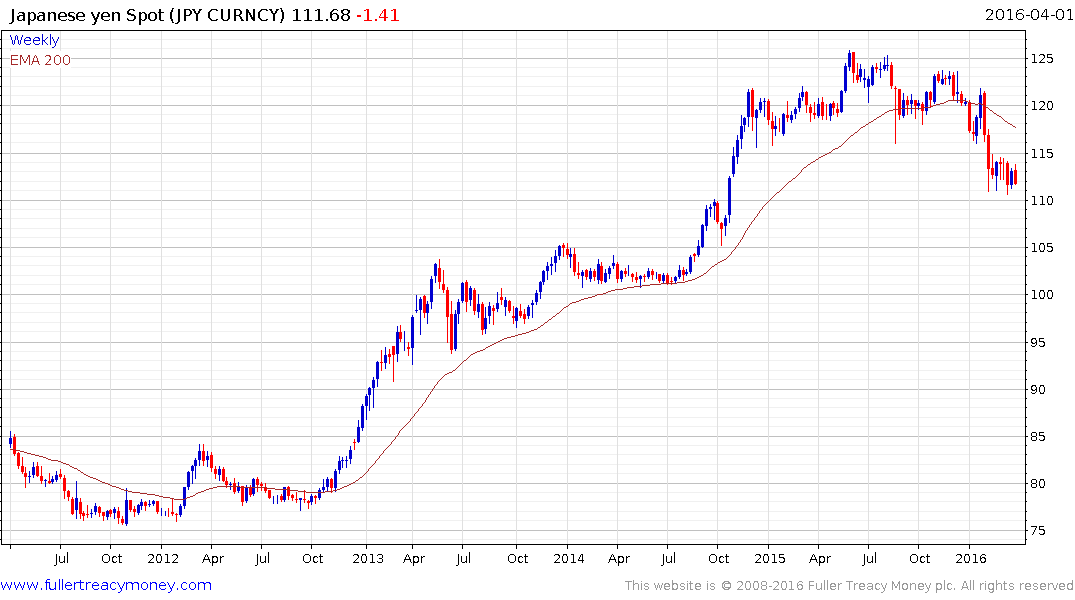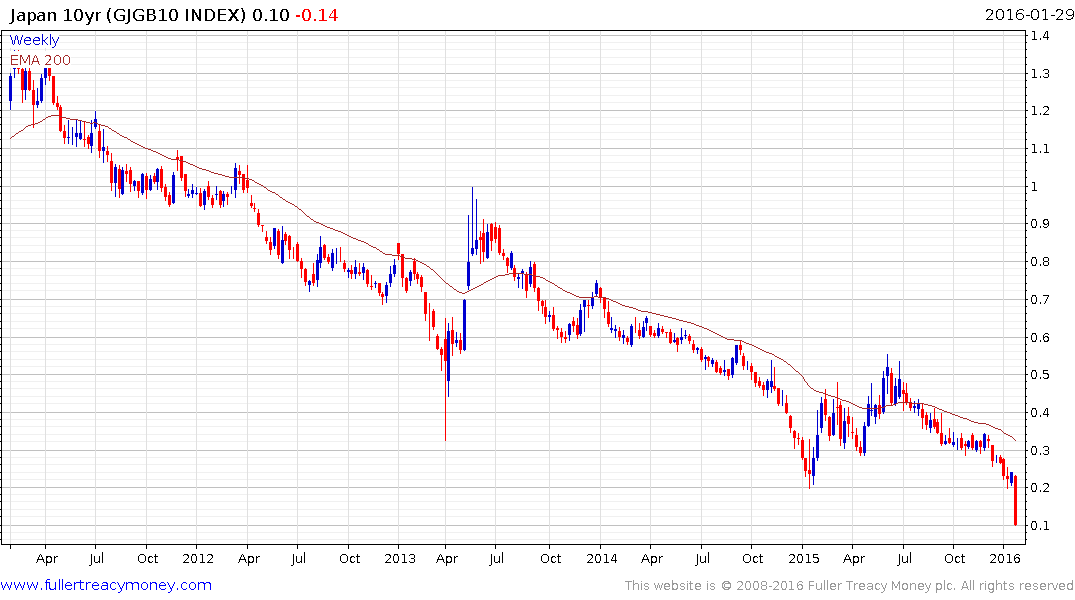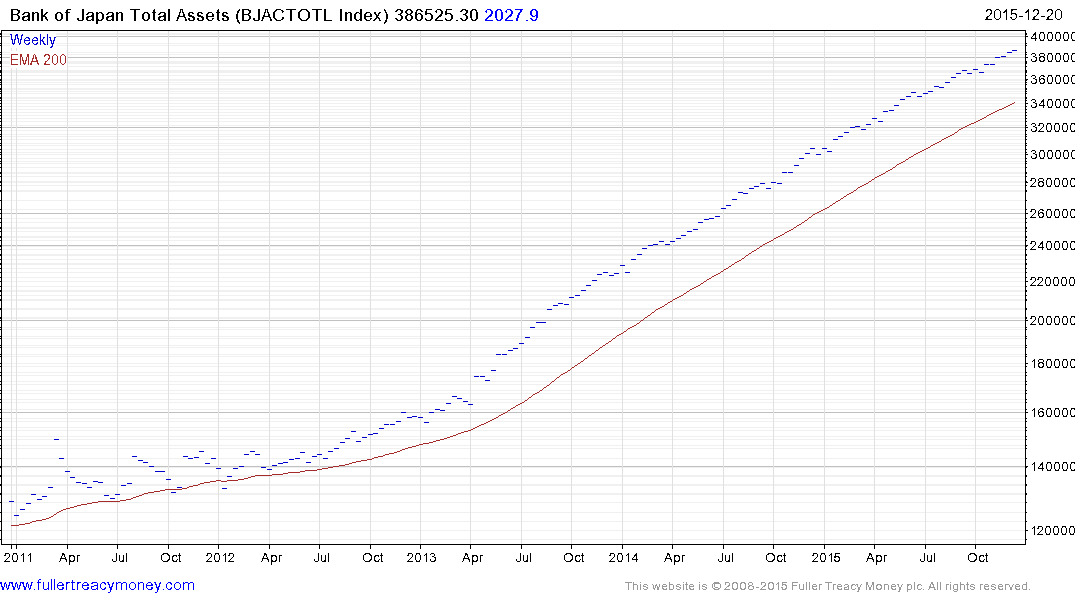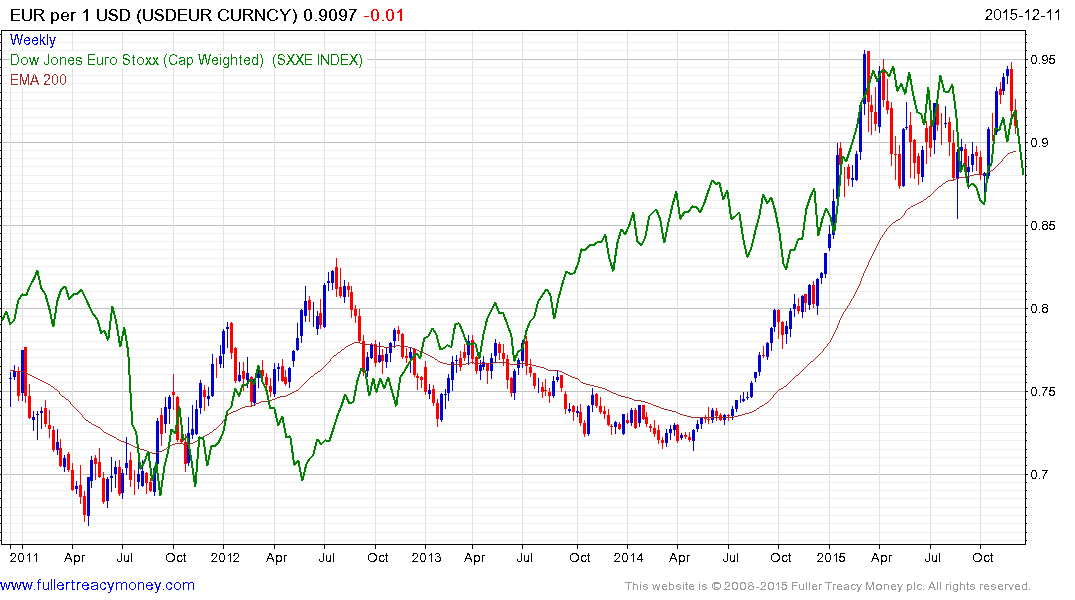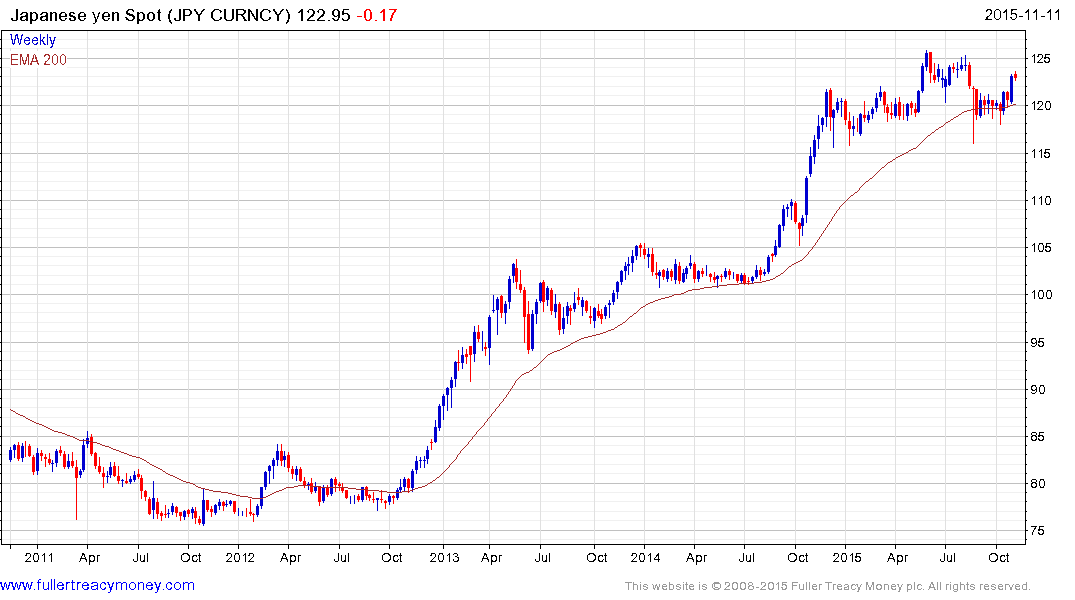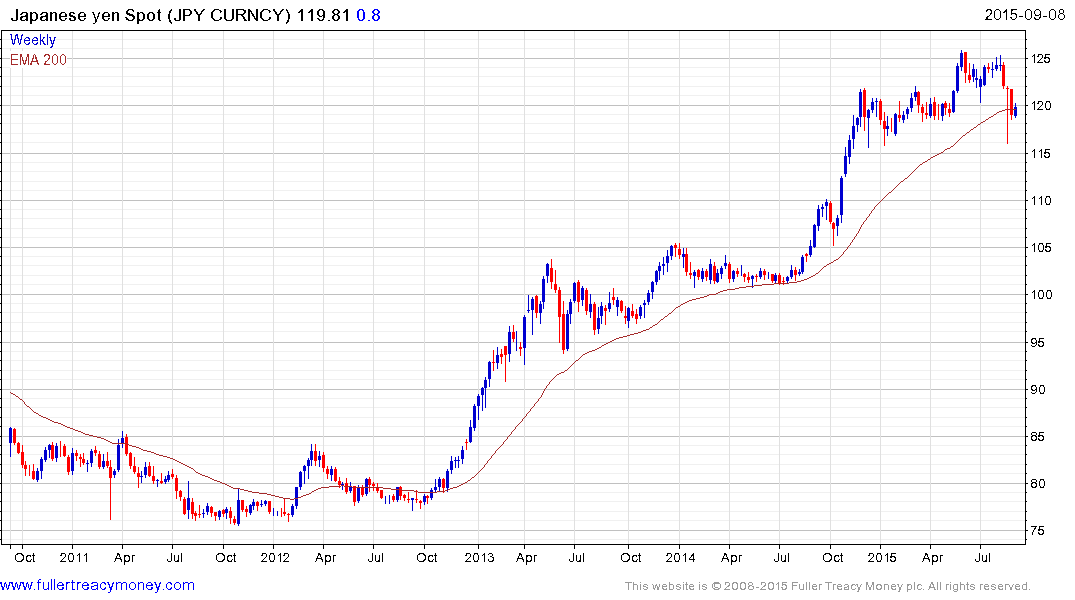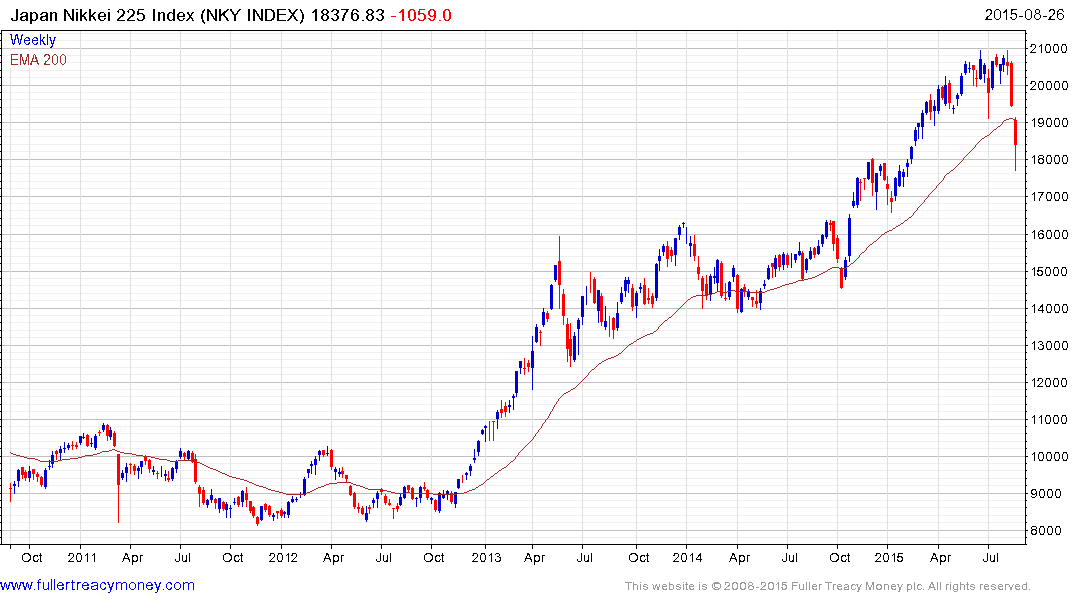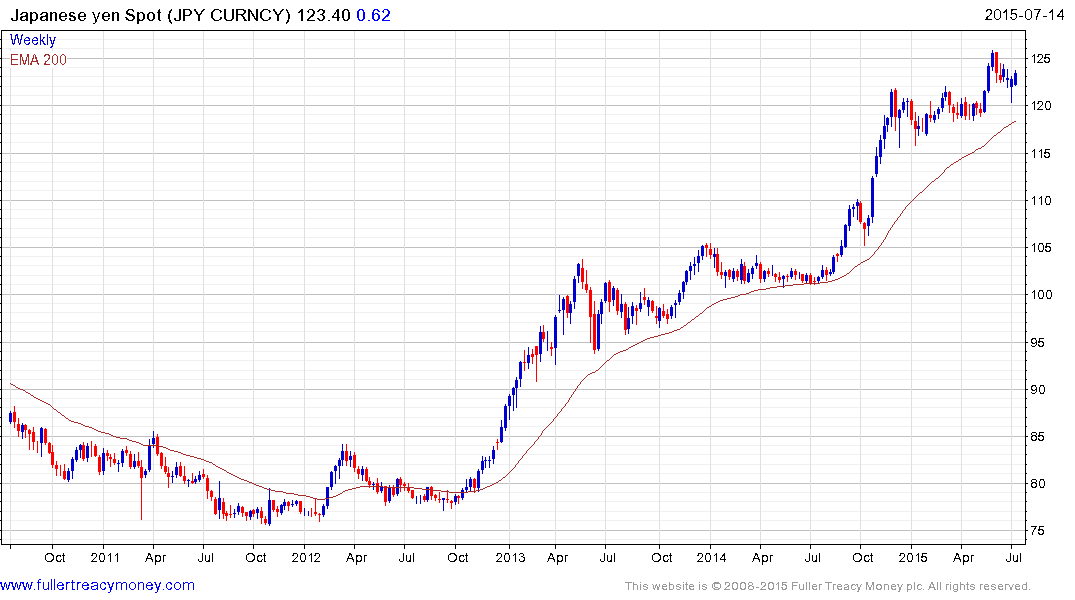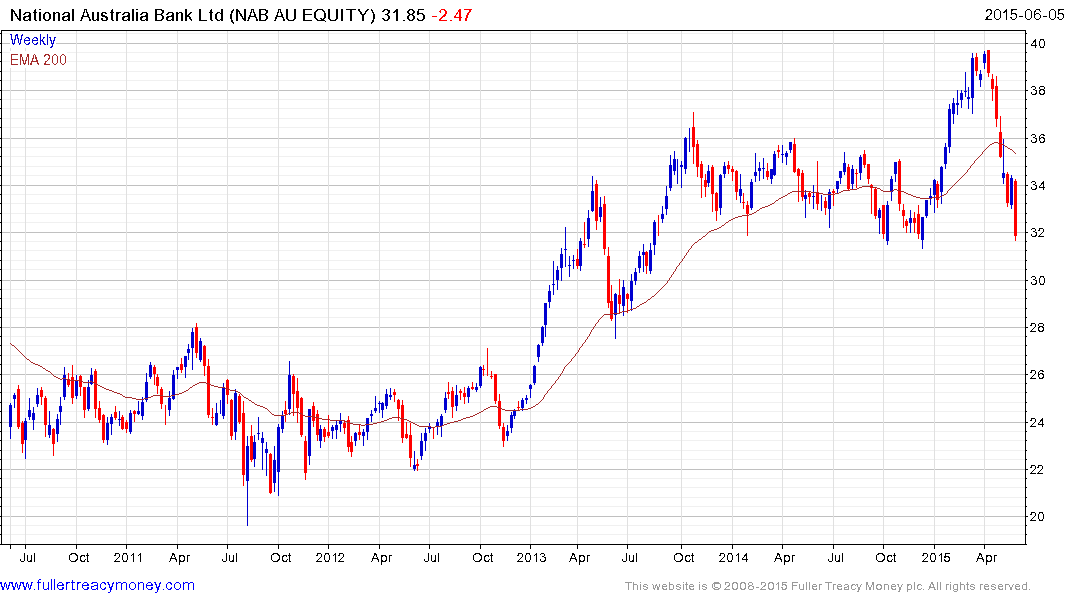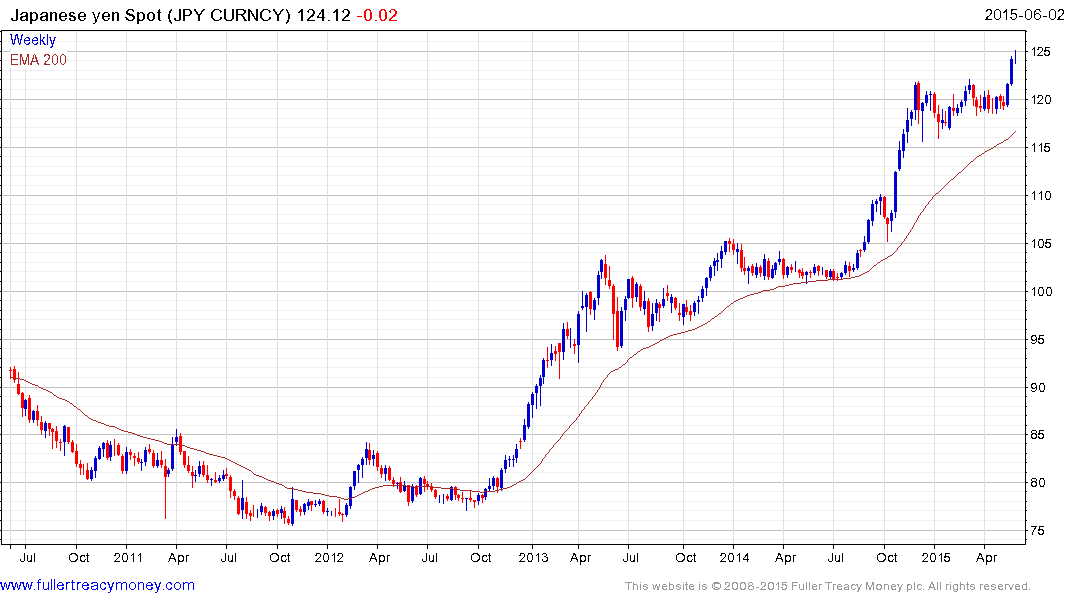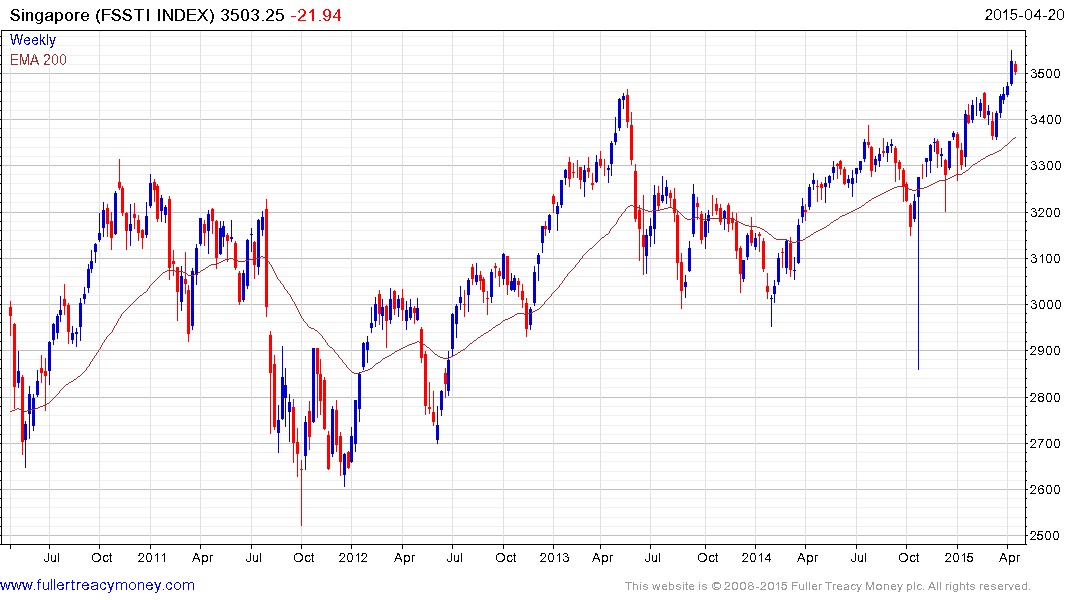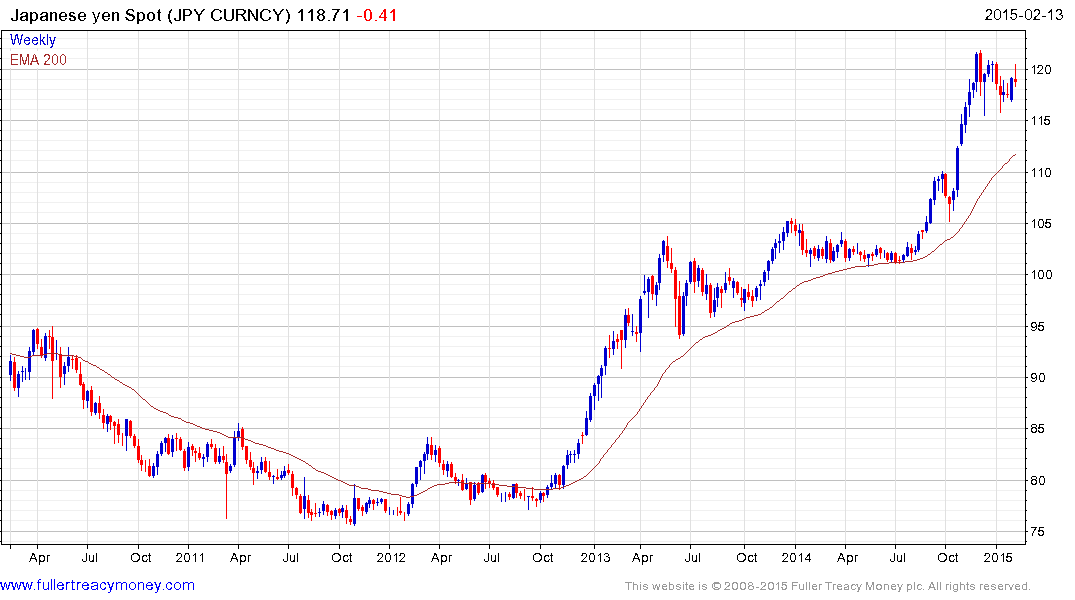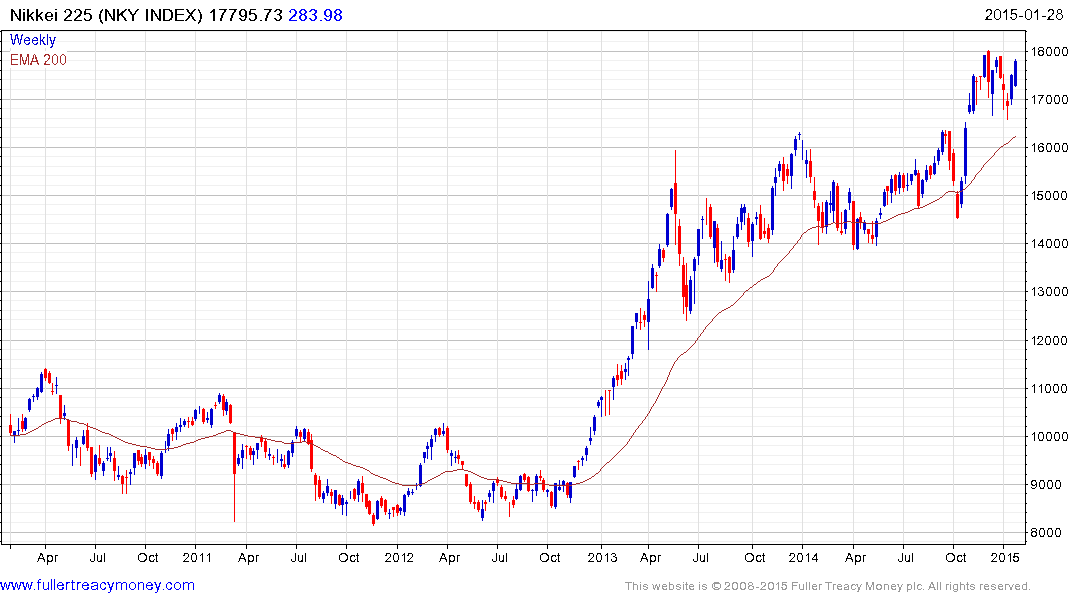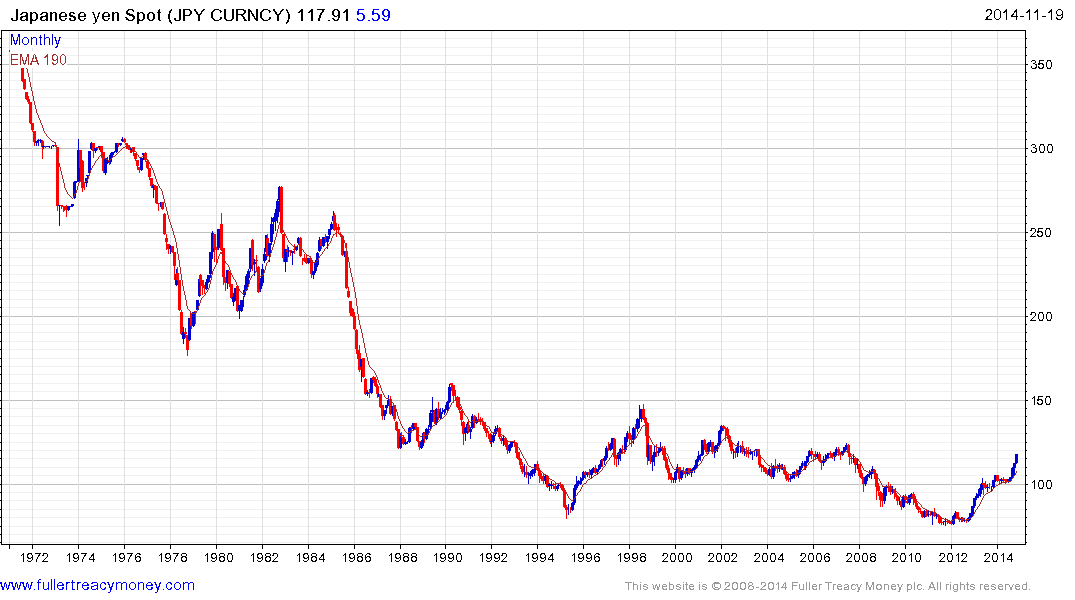See Food: Why Robots Are Producing More of What You Eat
This article by Natashe Khan for the Wall Street Journal may be of interest to subscribers. Here is a section:
Eoin Treacy's view -Food manufacturers have been early adopters of new technologies from canning to bread slicers, and vision automation has been used for many years for tasks such as reading bar codes and sorting packaged products. Leaders now are finding the technology valuable because robot eyes outpace the human eye at certain tasks.
For years, Tyson Foods Inc. used sensors to map chicken fillets so they could be cut to the precise specifications required by restaurant customers that need them to cook uniformly. But exposure to the high pressure, high temperature water there kept causing equipment failures.
Now technical improvements, tougher materials and declining prices mean the company can integrate vision technology in facilities including the new $300 million chicken-processing plant in Humboldt, Tenn., said Doug Foreman, who works in technology development at the Springdale, Ark.-based food company. The technology could help optimize the use of each part of the bird, he added.
Robotics, artificial intelligence and computer vision all need to work seamlessly together in order for computers to fulfil the same tasks as humans. Creating systems that work together in such a manner is a time-consuming process but progress has been underway for decades and the breadth of what is now possible has improved considerably.
This section continues in the Subscriber's Area. Back to top



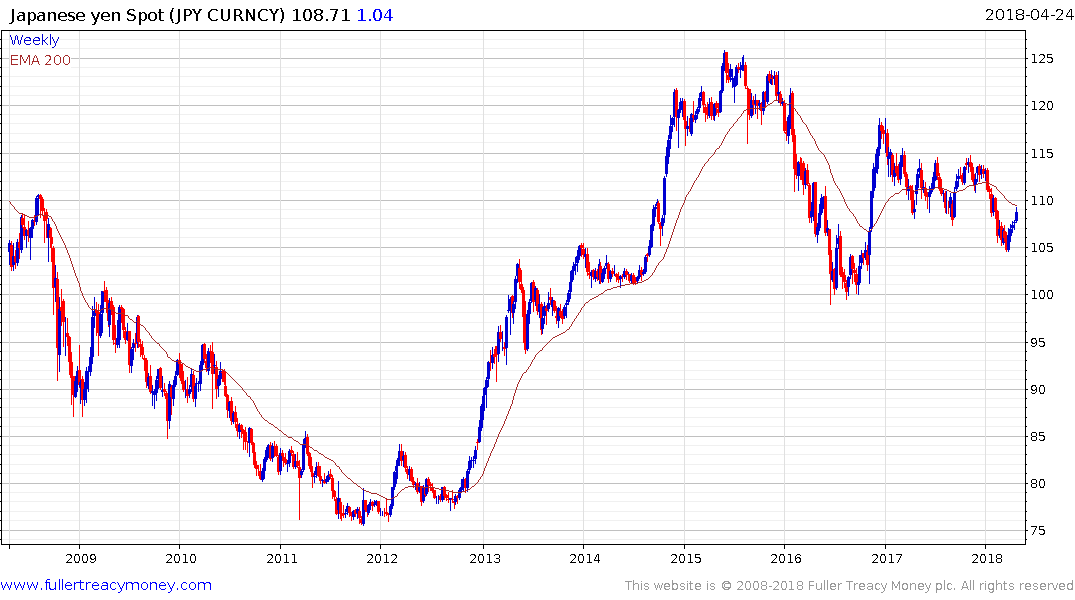
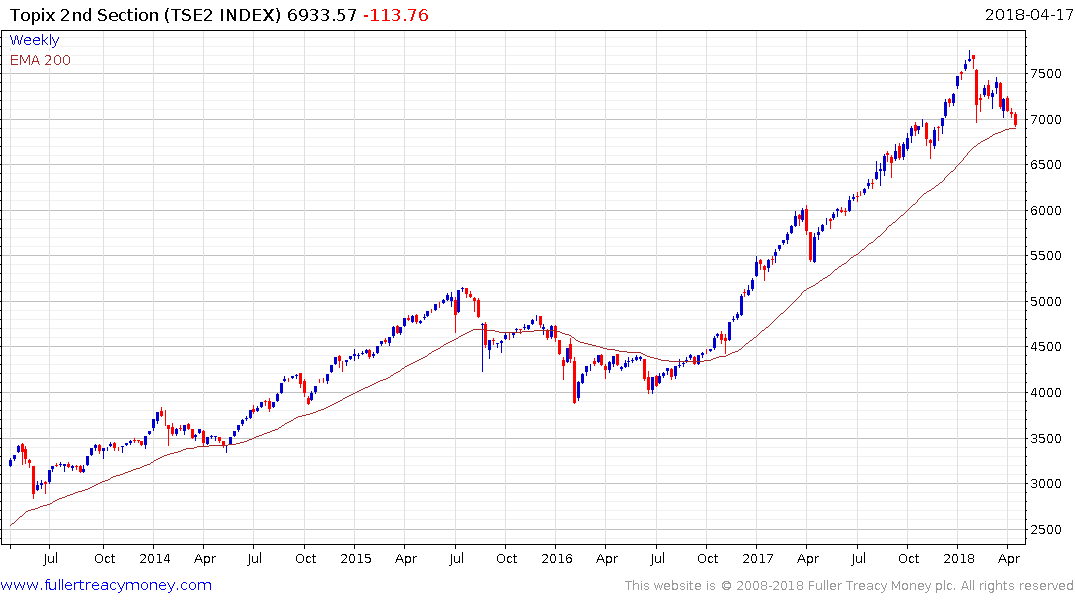
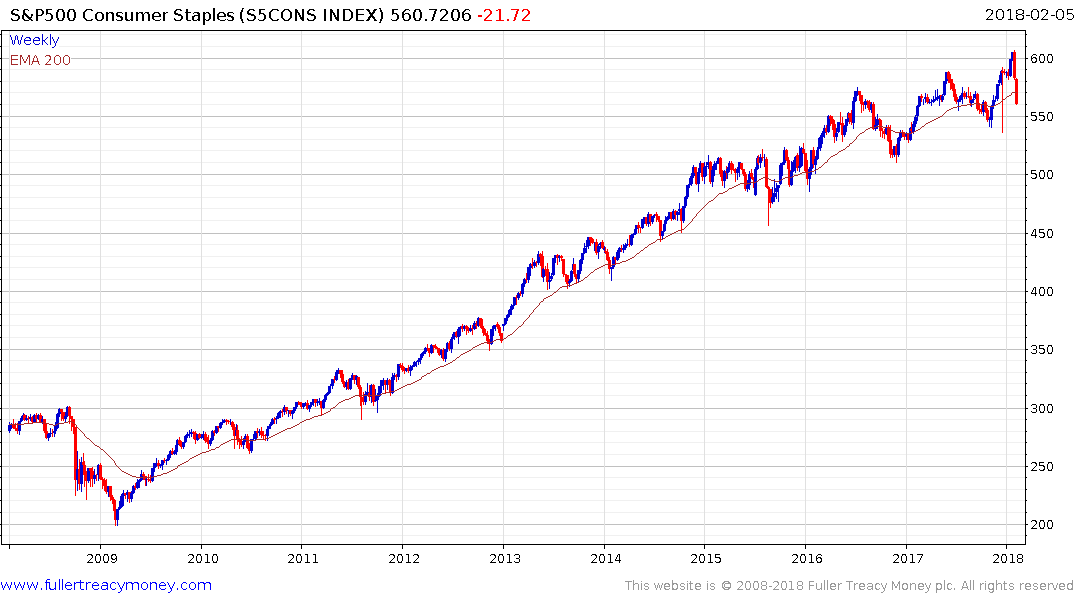
.png)
